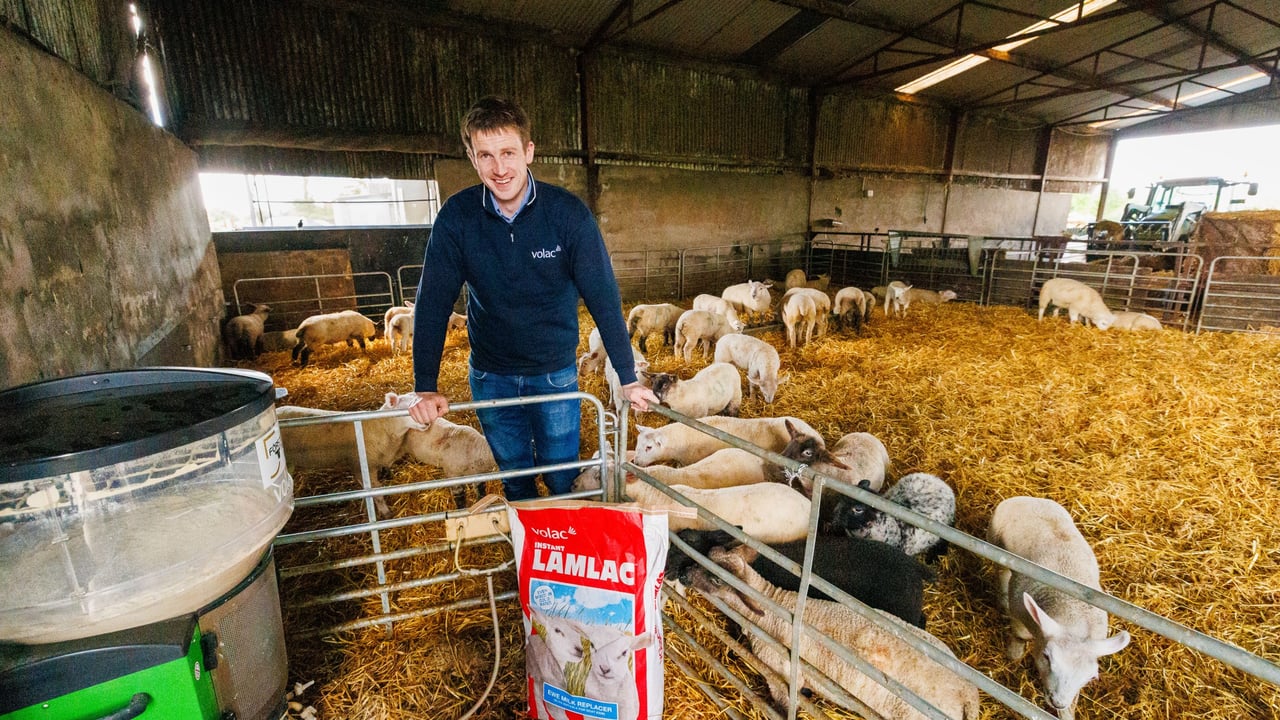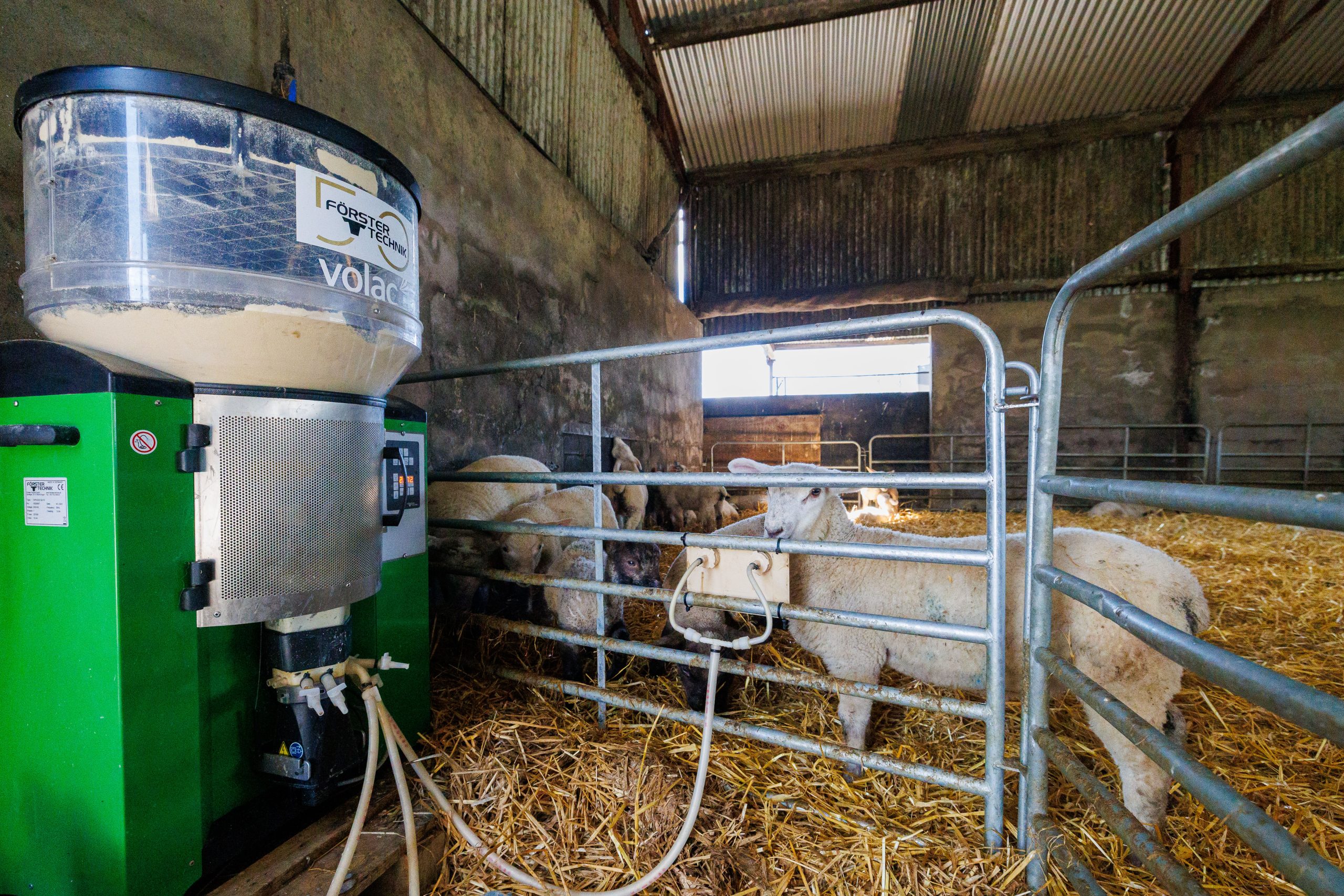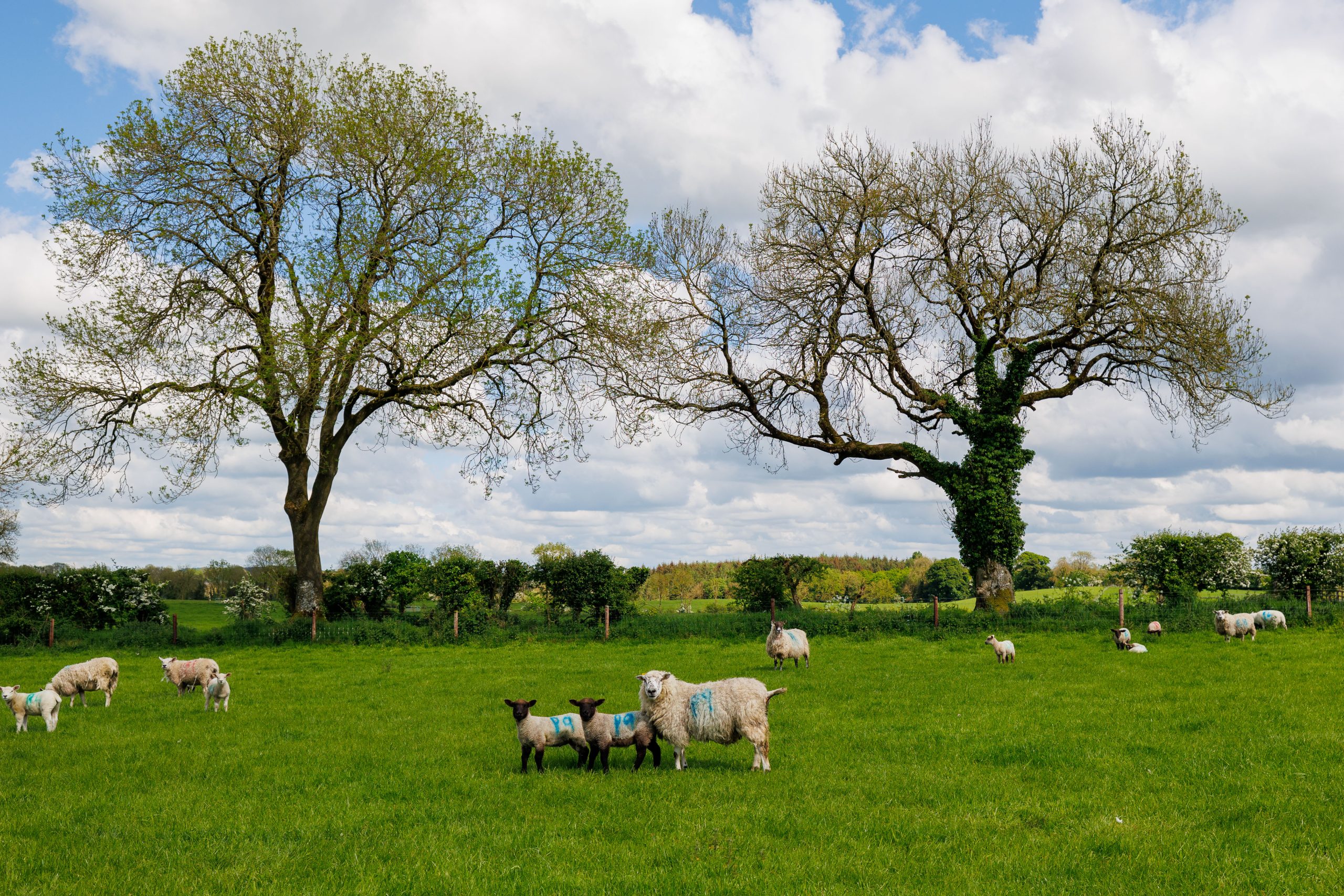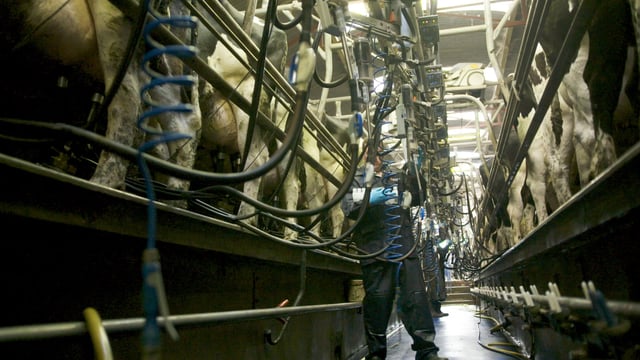Sponsored Article

Sponsored Article
Westmeath farmer achieves decade of success with ewe milk replacer
Sponsored Article

A midlands-based sheep farmer has praised the quality and reliability of Lamlac as a ewe milk replacer following a decade of success in using the product on his farm.
Alan Brabazon manages over 300ac in Castlepollard, Co. Westmeath -some of which he rents. His family have been content customers of Volac Milk Replacers Ireland Ltd since 2014.
Alan recently took over running the farm from his father, Robert, who retired earlier this year.
Alan said: “I’ve farmed on a full-time basis at home with my father since 2014, having spent several years in Australia previously."
Married to Jill, with whom he has one son, Jack, Alan also receives great support from his mother Caroline when it comes to managing the holding.
“We’re certainly not short on help,” Alan commented, who oversaw the on-farm transition from sucklers to breeding ewes just over a decade ago.
While a small number of Alan’s 750 ewes delivered lambs in advance of his busiest spell, the lambing window began in earnest at Castlepollard in mid-March, with approximately 1,100 newborns expected over six weeks.
“Seven hundred and fifty breeding ewes has been a comfortable number for us to handle over the past four years, and that’s a number we intend to stick with,” the Westmeath farmer said.
“We’d expect the first week to be slow, followed by four busy weeks and then things will slow again come the sixth week.”
Since transitioning to breeding ewes, Lamlac has provided Alan with the ideal ewe milk replacer for over 10 lambing seasons.
“Lamlac works so well for us” Alan explained.
“We have never looked elsewhere because Lamlac delivers consistent results year after year.
"The lambs take to it easily, and it mixes so well that we have no issues with clumping or wastage. It’s one less thing to worry about during such a busy time.”
For newborns, colostrum feeding within the first six hours of birth and maintained over the first 24 hours is essential.
A newborn lamb should receive 210ml of colostrum per 1kg of bodyweight - i.e. a lamb weighing 4kg requires 840ml of colostrum.
Within 24 hours of birth, lambs receive their first Lamlac feed – generally 1L-worth – split across four or five feeds. This feeding rate is maintained until day three.
Since they are born with so little immunity, it is essential to give lambs sufficient levels of colostrum to provide them with the best possible start in life.
Iodine is also applied to the lamb’s naval as soon as possible after birth and repeated a few hours later so as to minimise the risk of infection.
“We are long-time users of Lamlac milk replacer. We find that it helps lamb thrive from the earliest possible stage of life, thanks to the quality nutrition it provides, which is extremely important to us,” Alan said.
According to Tomas O’Reilly of Volac Milk Replacers Ireland Ltd: “Many farmers, including Alan, have found that lambs reared on Lamlac perform just as well as those reared on ewes.”
Lamlac milk replacer contains 24% protein and 24% oil, and is formulated to supply all the essential elements required to maximise lamb performance.
To make up 1L of milk formula to the correct concentration, mix 200g of Lamlac with 800ml of water.
The water should always be below 45°C, otherwise the milk proteins essential for lamb development will be damaged.
From day 8 -35, lambs require 1.5L of Lamlac – split over four separate feeds initially – before being reduced to two daily feeds until weaning.
A single lamb reared away from the ewe to weaning (at an average of 35-days-old) will require a minimum of 9.5kg of Lamlac, which equates to 47.5L of reconstituted ewe milk replacer.
Taking different feeding systems into account, a lamb reared to weaning at 35 days will need up to 13kg of Lamlac (52L of mixed milk replacer).
“You have to consider all the variables when it comes to rearing thriving, well-performing lambs,” explained Alan, who bought a Forster Technik Eco Feeder in 2022.
“We rear 50 to 60 pet lambs every year using the feeder, which helps them thrive.
"It’s an excellent labour-saving device - we just couldn’t manage all the pet lambs with bottle feeding, so we went down the automated route and it’s a super machine.
"Lamlac is easy to mix, and the lambs clearly like its flavour, so it’s a win-win scenario.” he said.
Irrespective of the rearing system, lambs also require access to fresh water, plenty of light, well-maintained straw bedding, and increased levels of quality creep feed (from eight-weeks-old) to boost rumen development.
“Cleanliness is another major consideration - liming the pens and then providing fresh straw and fresh water on a daily basis all act as preventative measures against disease,” Alan added.
Lamlac is ultra-filtrated and has contains highly digestible milk proteins to accelerate growth.
It features high immunoglobulin levels, which boost both the lamb’s health and natural disease resistance.
Research results show that, from birth to weaning, lambs fed with Lamlac achieve growth rates of 0.3kg per day.
Lamlac is ideal for most feeding systems, including machine, heated buckets and bottle feeding.
Available in Instant and Freeflow in 5kg and 20kg sizes, it mixes easily in warm or cold water and is formulated to maximise lamb performance.
When it comes to Lamlac Milk Replacer “It's a great product,” Alan said.
“We've had no issues with bloat or any other infections in all the years we have been using it.
"We’ve never ventured away from Lamlac and won’t be anytime soon.
"It works brilliantly and is a core part of our lambing success,” the Westmeath farmer said.
Sponsored Article








